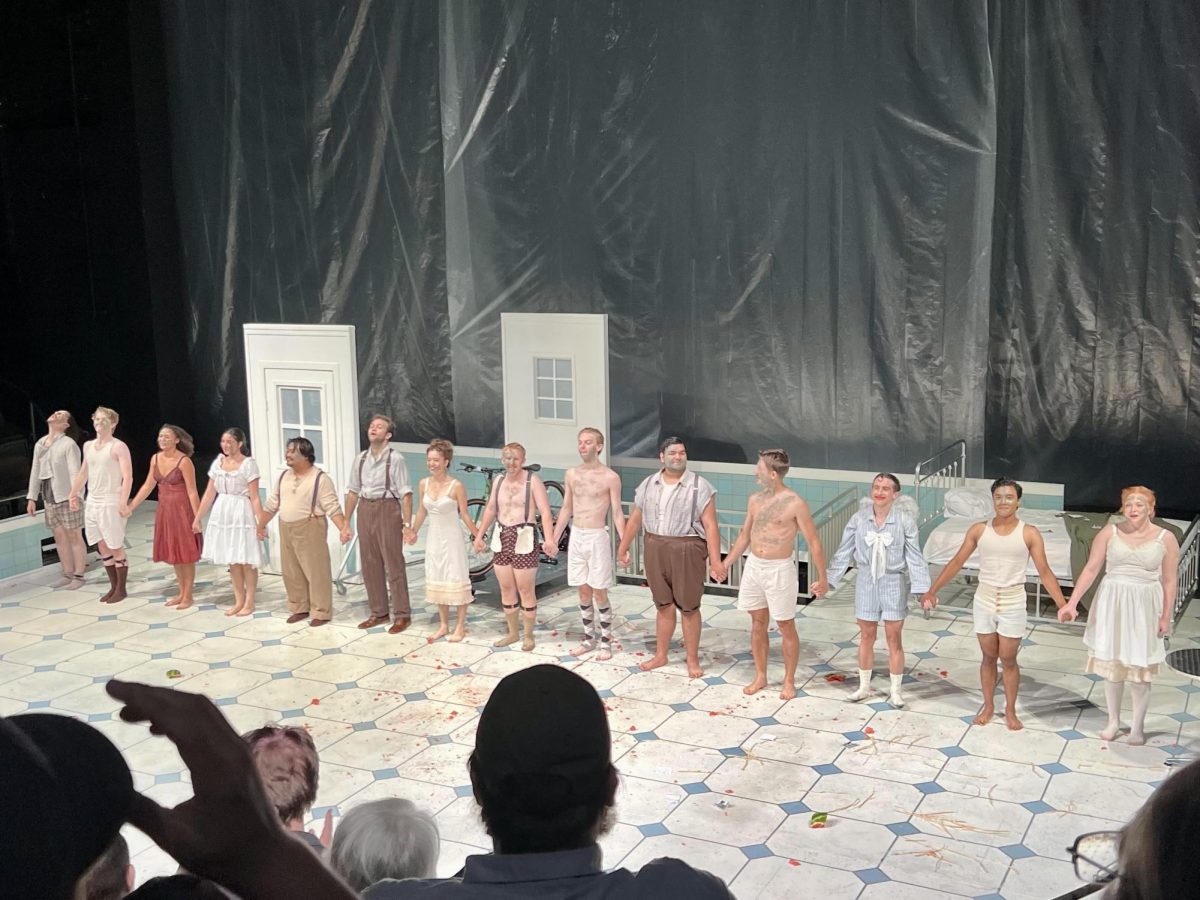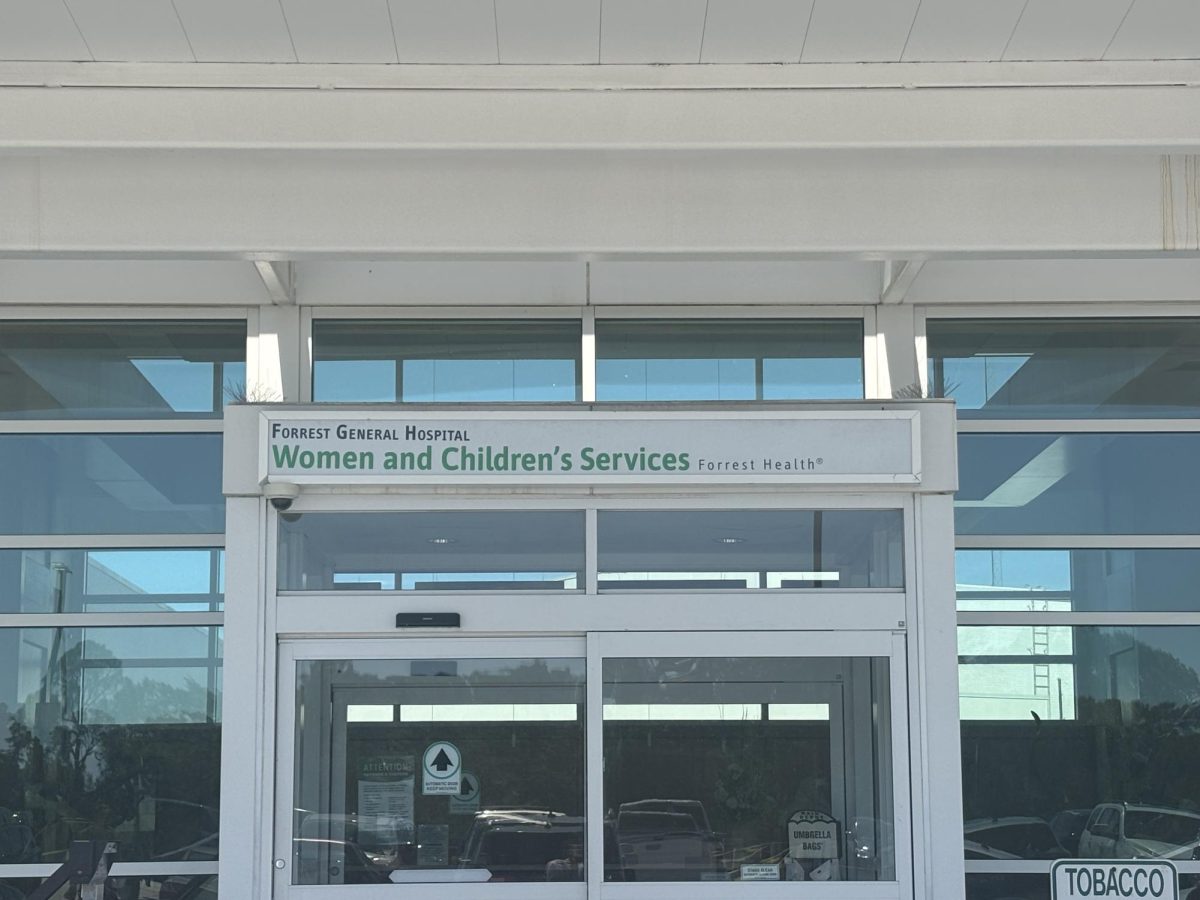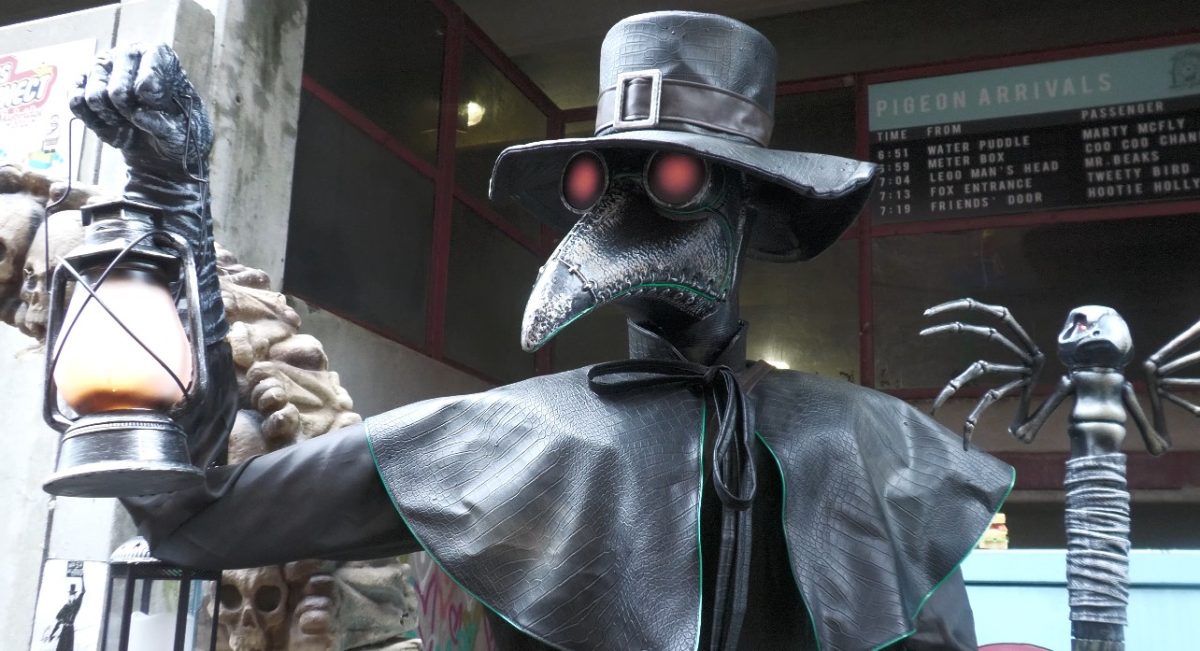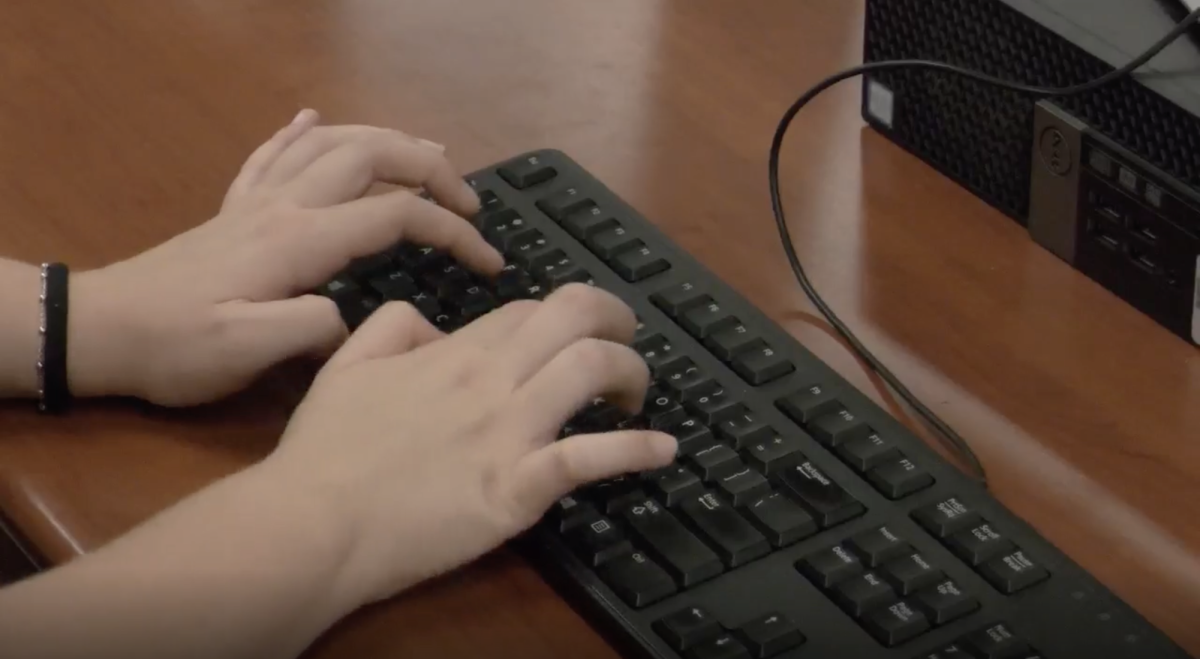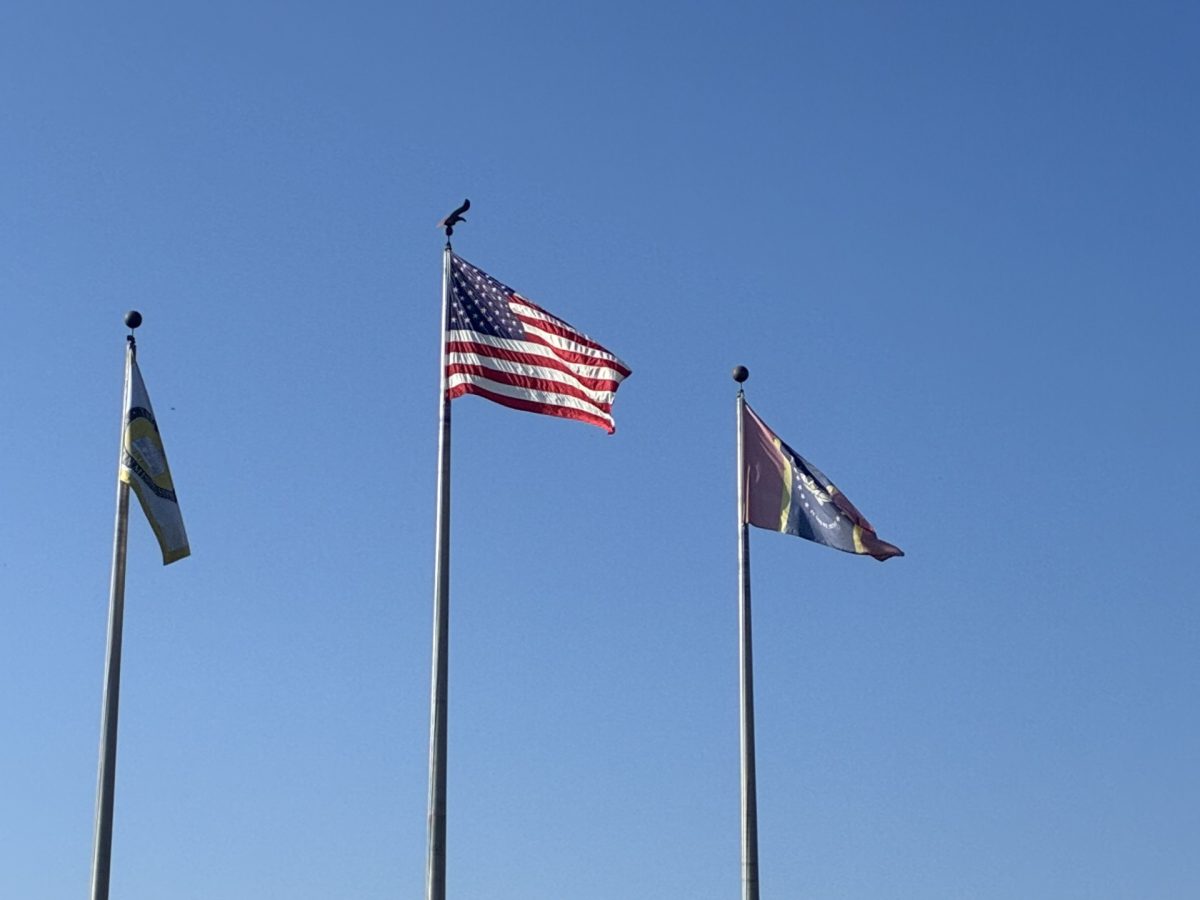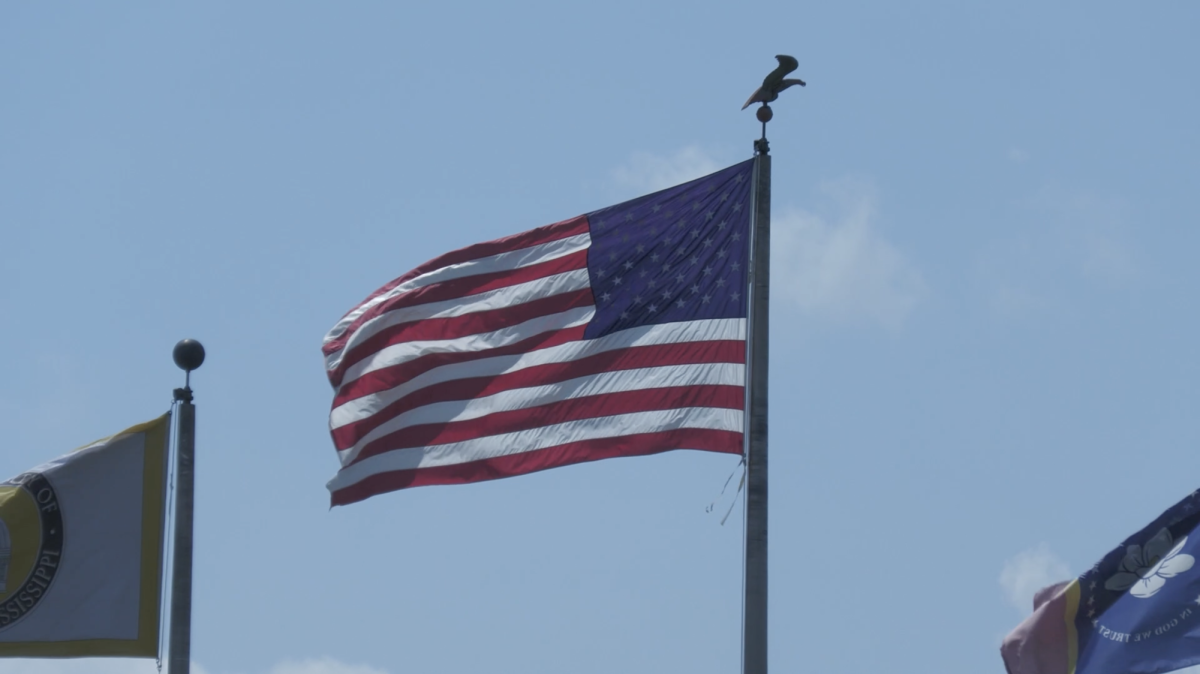Social movements can be and have been implemented in various forms and on different levels in order to transform societies.
Today, however, social movements occur in an age in which digital communication technologies have created new possibilities for the world to bear witness to said movements and for activists to connect and organize themselves.
Just as television turned a nation of people who listened to media content into viewers of media content, the emergence of social media has created a nation of media content creators.
According to CNN, in 2010, 75 percent of people got their news forwarded through email or social media posts, whereas 37 percent of people shared a news item via Facebook or Twitter.
The year of 2015 is a time known for revolutionizing society through the media and has given people the opportunity to take their own initiative in relaying current events and information.
Social media, which have grown in relevance and world- wide popularity over the past few years, have arguably helped people without a voice to get one. The question is, is this voice too loud?
Just recently, a video of what is perceived to be police brutality has been plastered on every social media outlet known to man. Within seconds, fingers from all over the states responded freely through comments, blogs and posts about the viral video.
The event occurred at Spring Valley High School in South Carolina where Richland County Sheriff’s Deputy Ben Fields was ironically the villain of the clip.
In today’s media, police brutality is the new normal topic of discussion, but it is not new. The fact is that there isn’t more police brutality that we are seeing, but more convergence of the affair.
The headlines make it feel as if the country is experiencing an unprecedented wave of police violence, but that isn’t the case. We’re just seeing more mainstream media coverage, and for a variety of reasons.
Social media platforms, such as Facebook and Twitter, want us to believe that their platforms are a form of disruption, liberation and even revolution. They want us to believe that technology is the key to social change.
This is the extremity in time when social media go wrong.
The moment a video such as the one at Spring Valley High School goes viral, viewers respond instantly and without even a second glance.
Before responding to a controversial post, has it ever occurred to anyone what actually happened before the event took place? What provoked the situation to escalate the way it did?
As Edgar Allan Poe said once before, “Believe only half of what you see and nothing that you hear.”
Ultimately, social media are failing to tell the honest truth of these stories. Instead, society is falling into the cliché media storm outrage of their ideology of social movements rather than attempting to get to the bottom of the story.
In regard to the South Carolina incident, a new video was posted that revealed the truth behind what happened just before the controversial occasion.
I’m not justifying officer Fields’ actions, but only expounding that people must take the time to consider every angle of a situation before reacting in such a manner.
At this rate, there will be no righteousness in social media activism if each social movement developed is based purely on pre-biased judgment or a first perspective.
The power of social media is tremendous, but the power that we have as a community to control how media affect our lifestyles is of an even greater significance.

